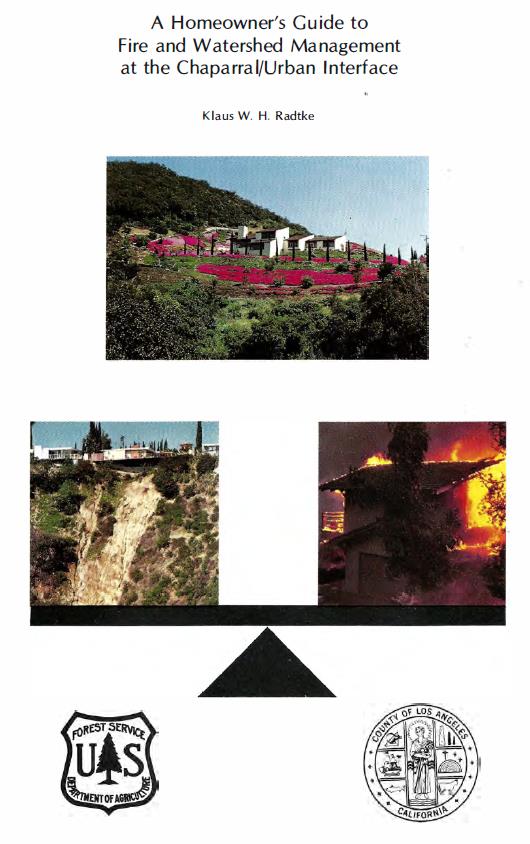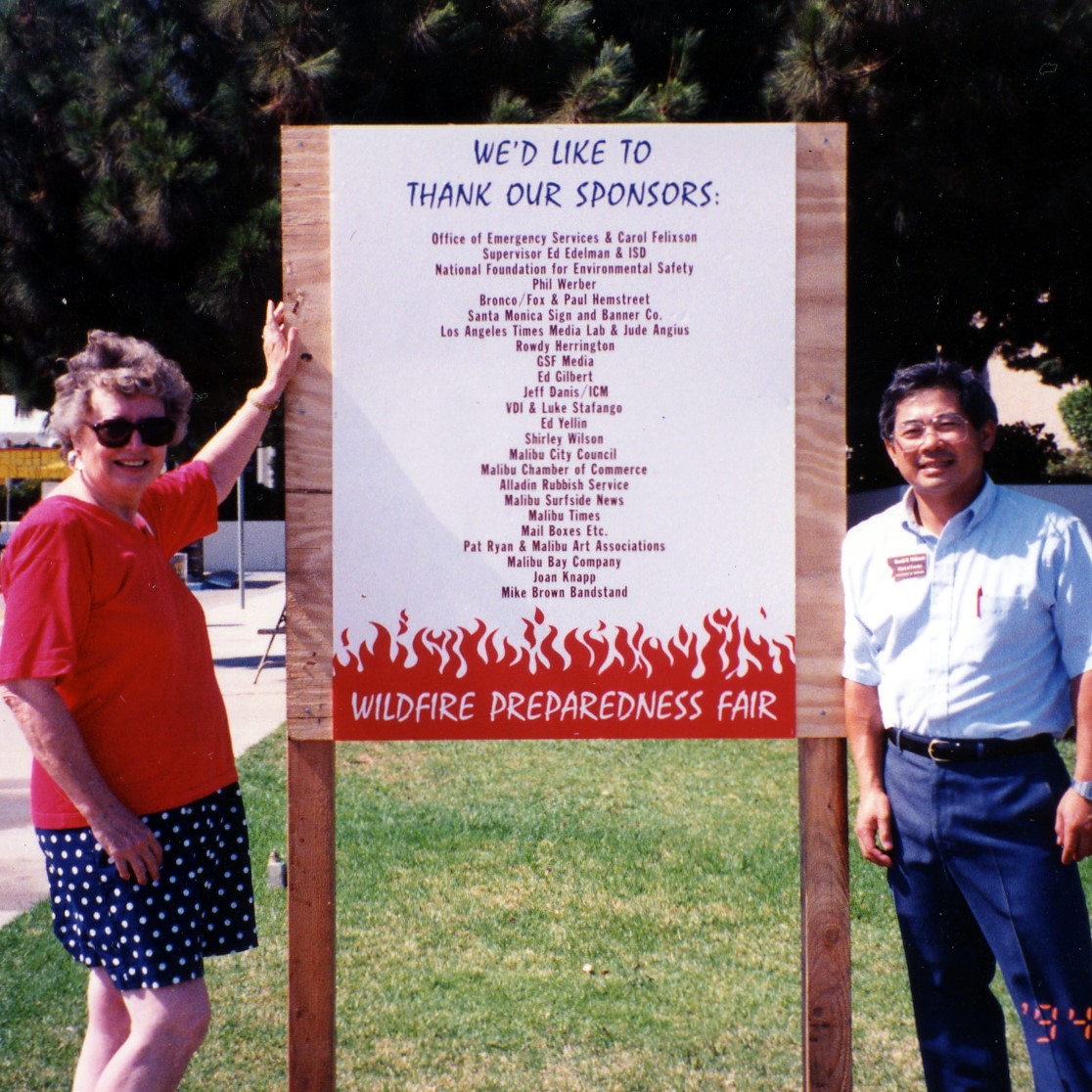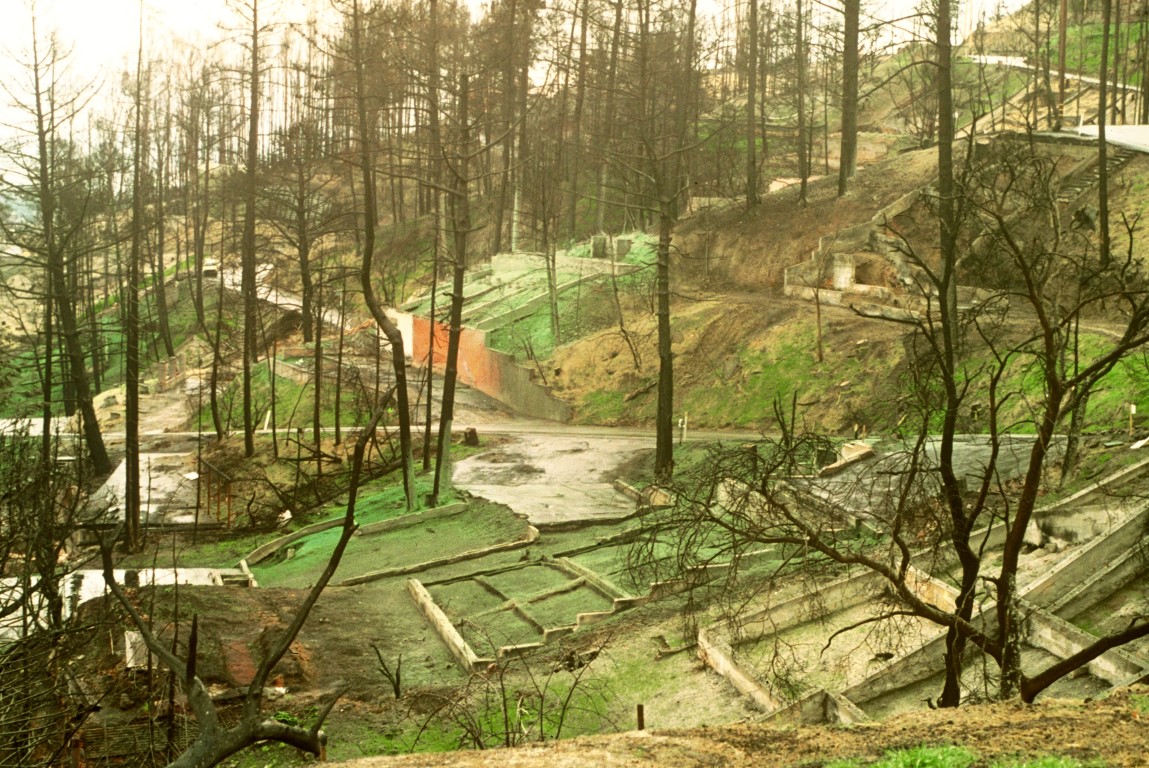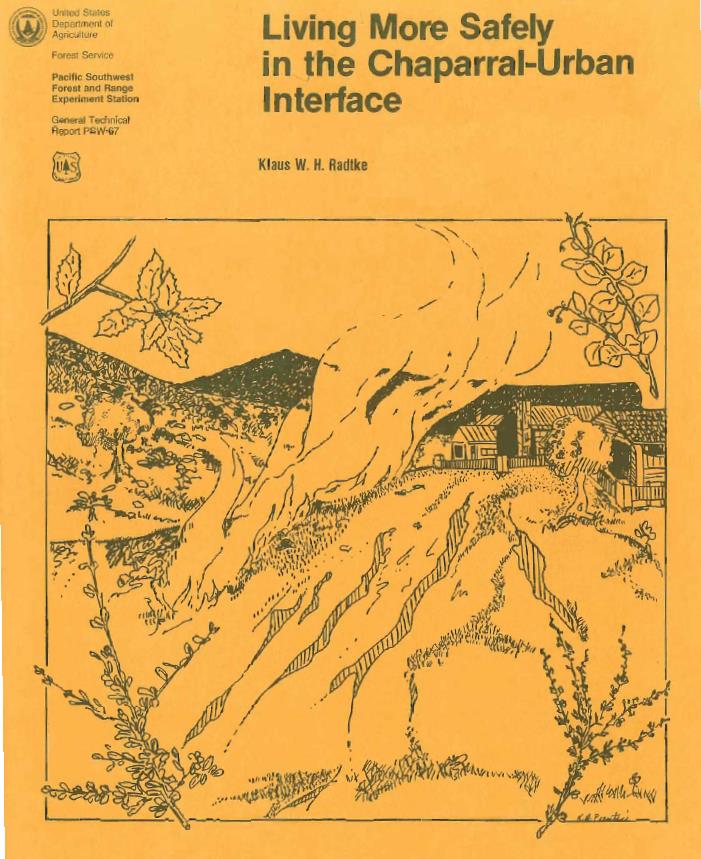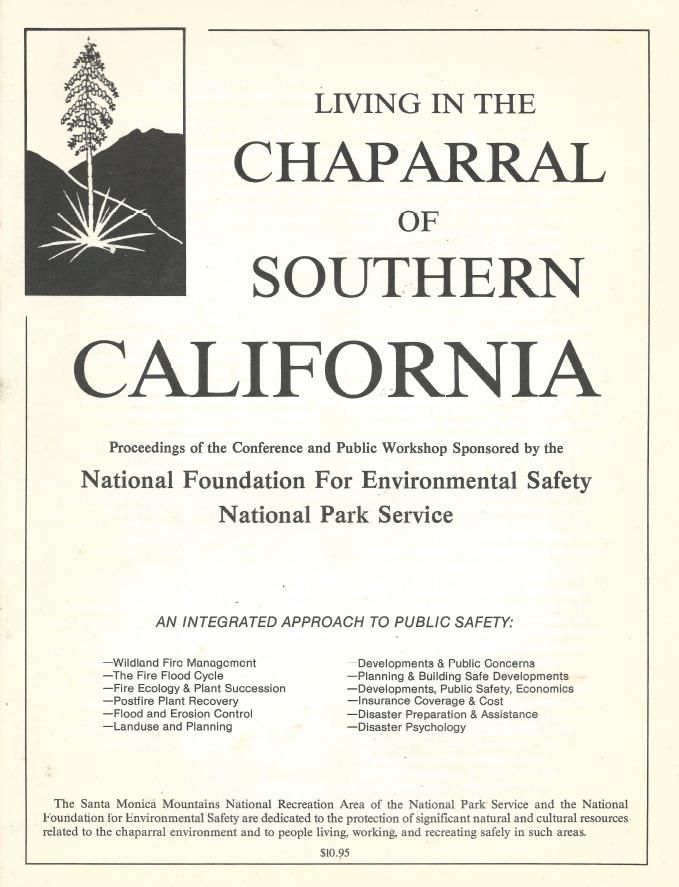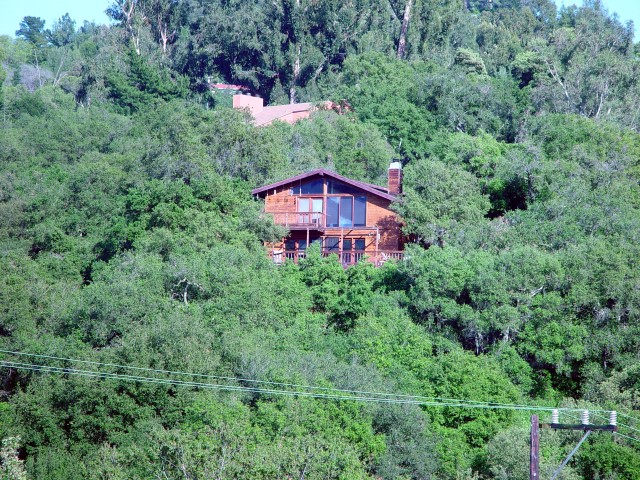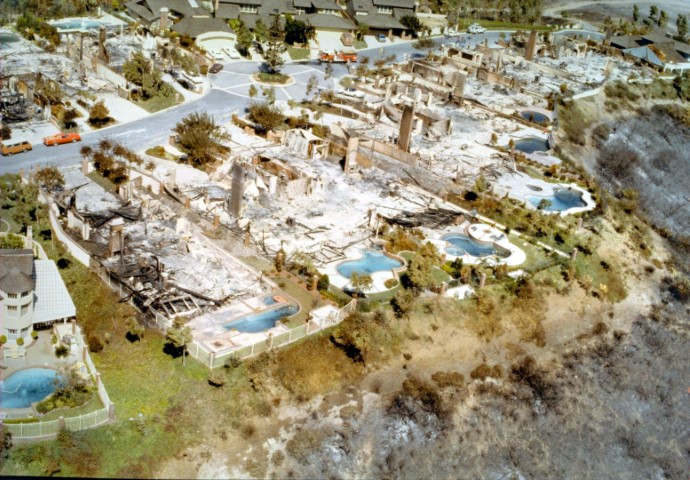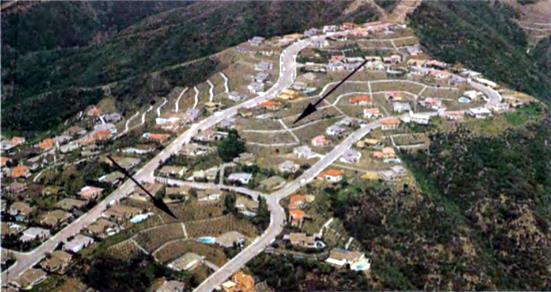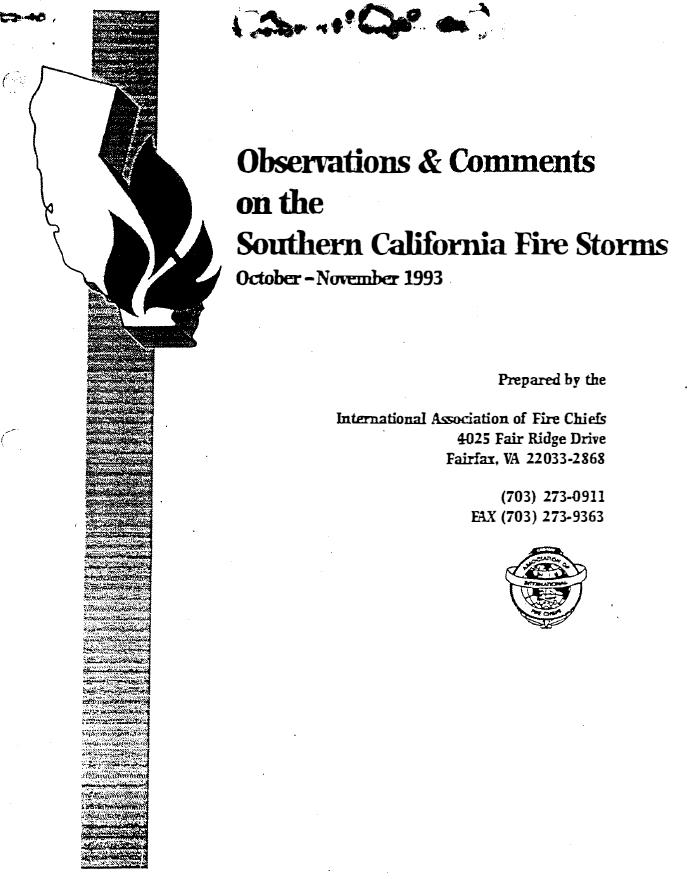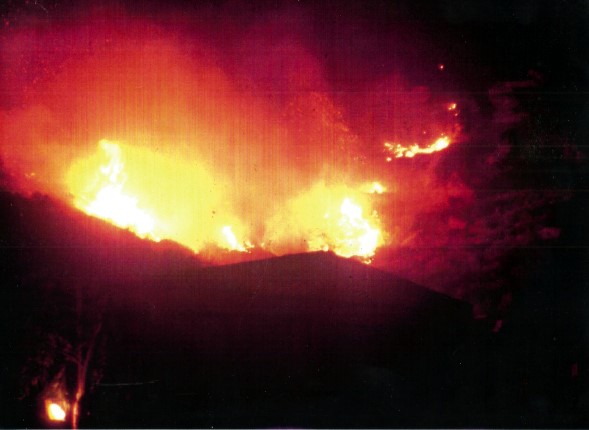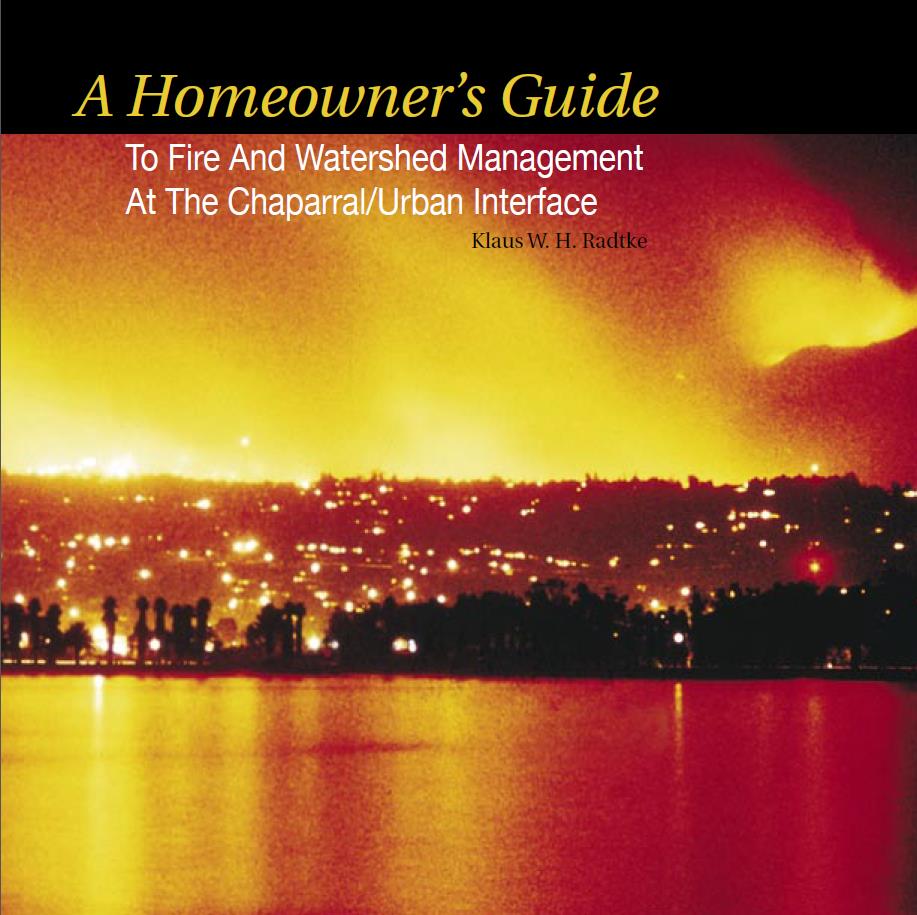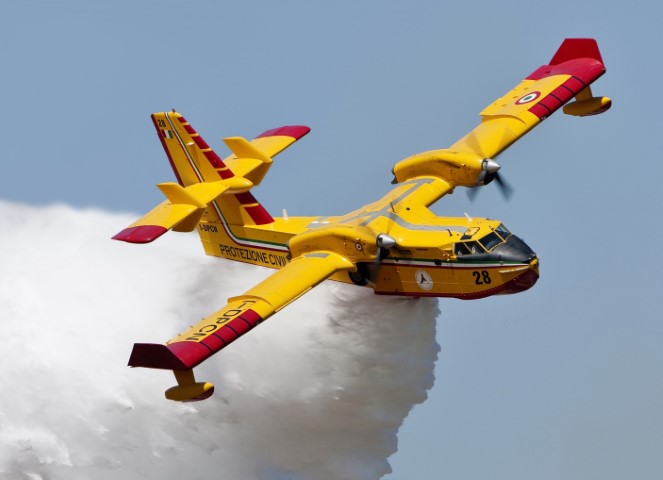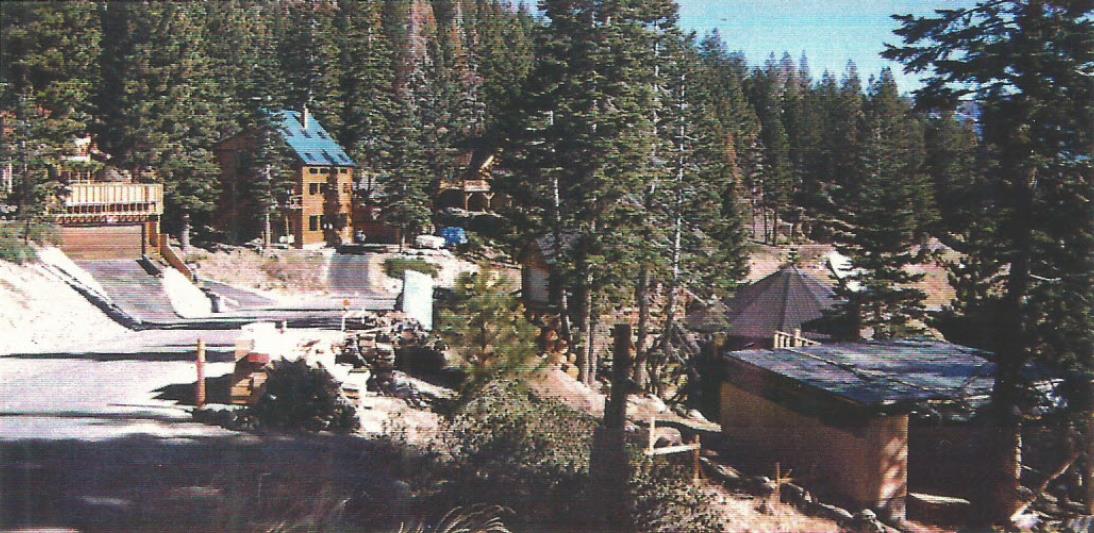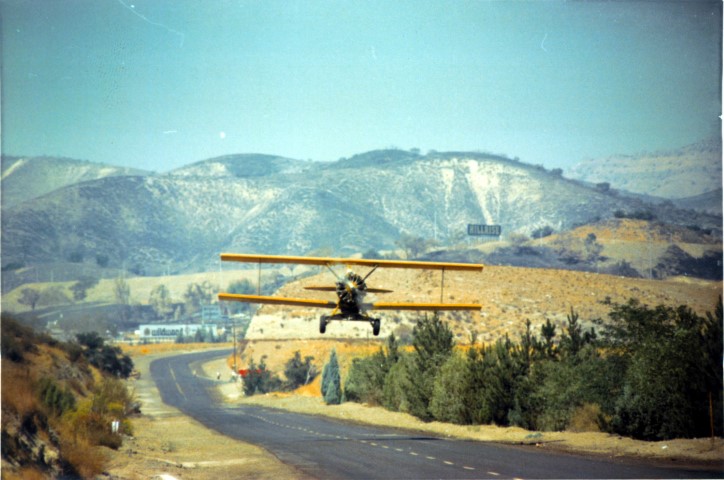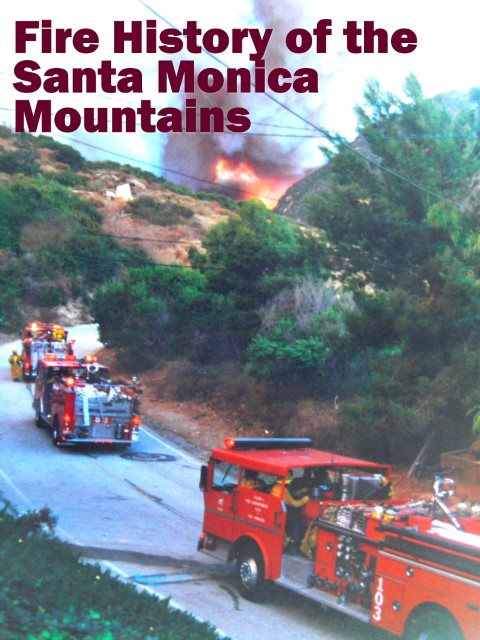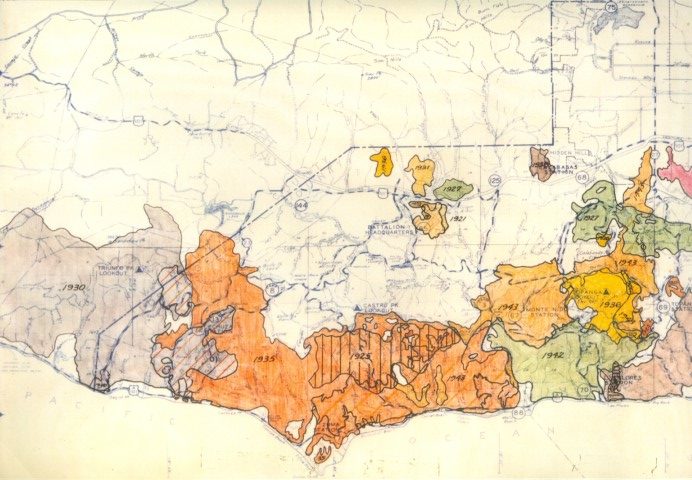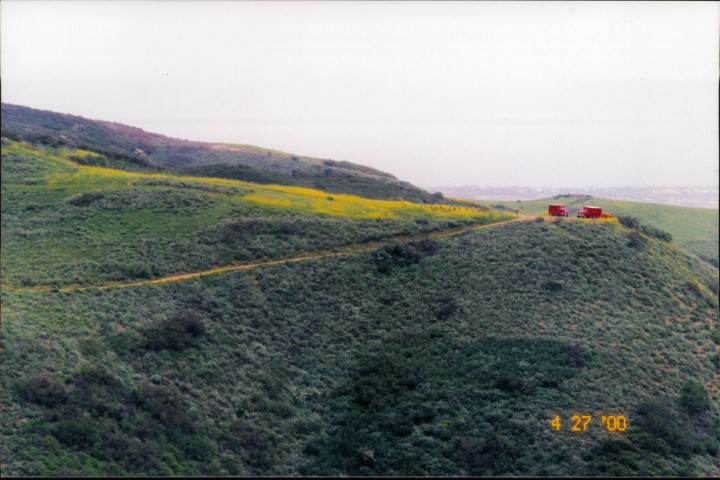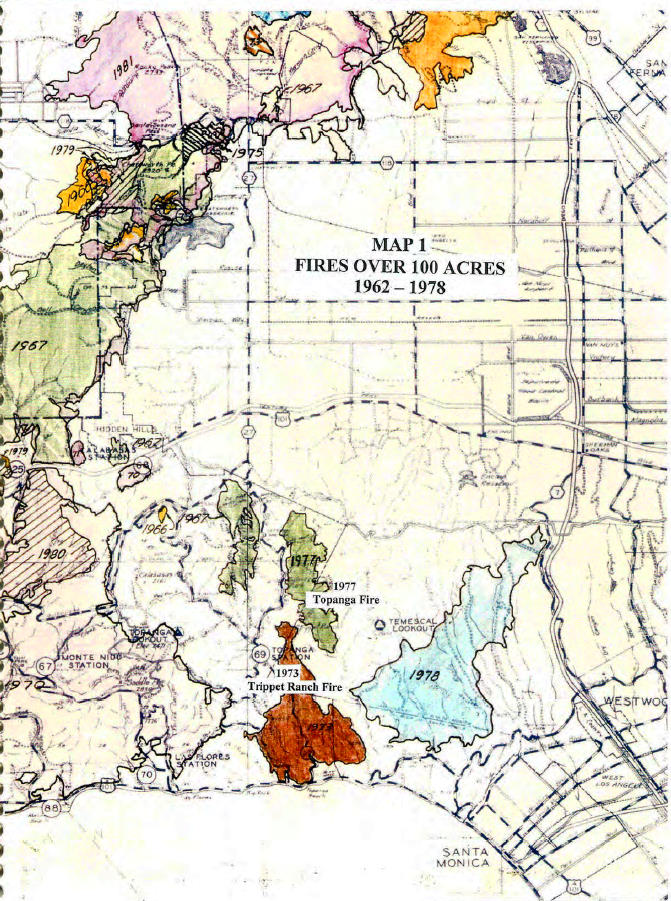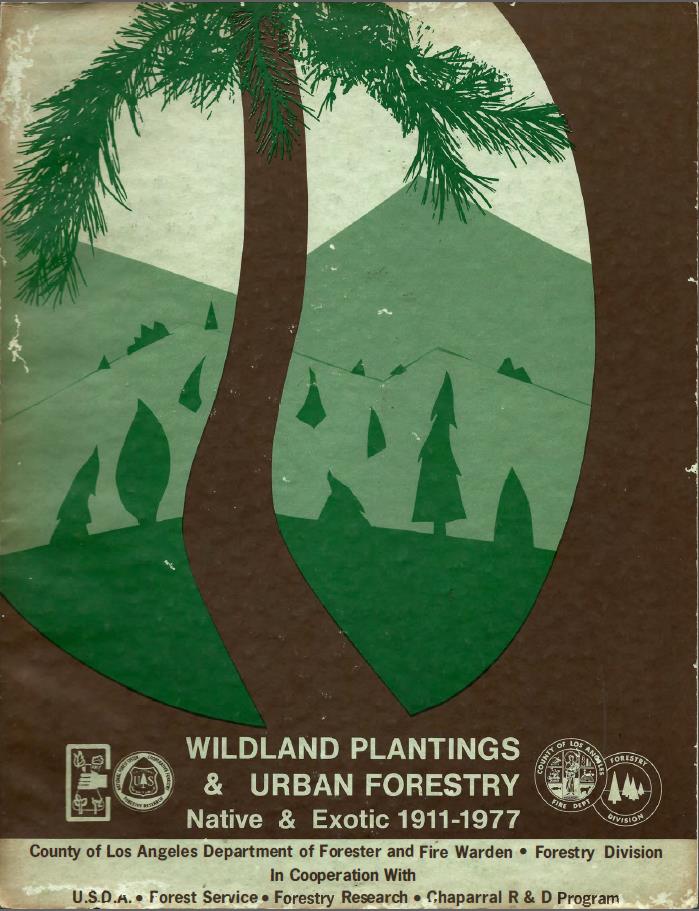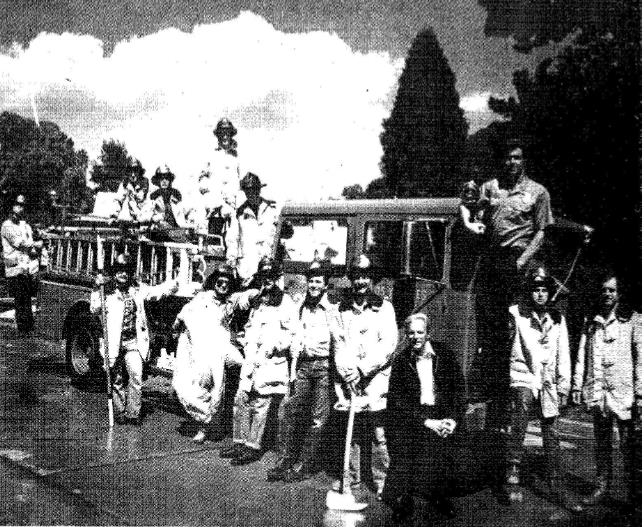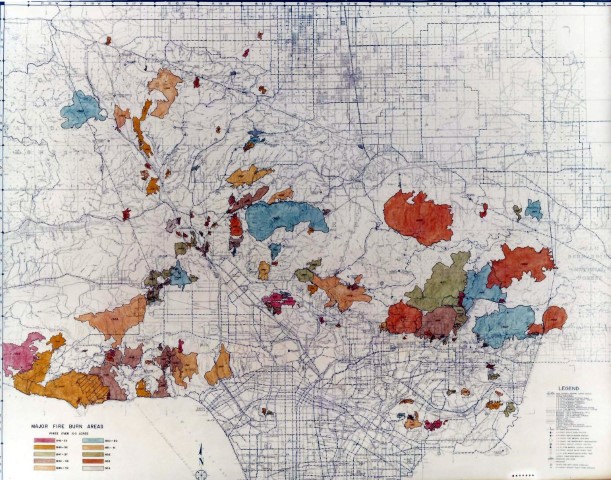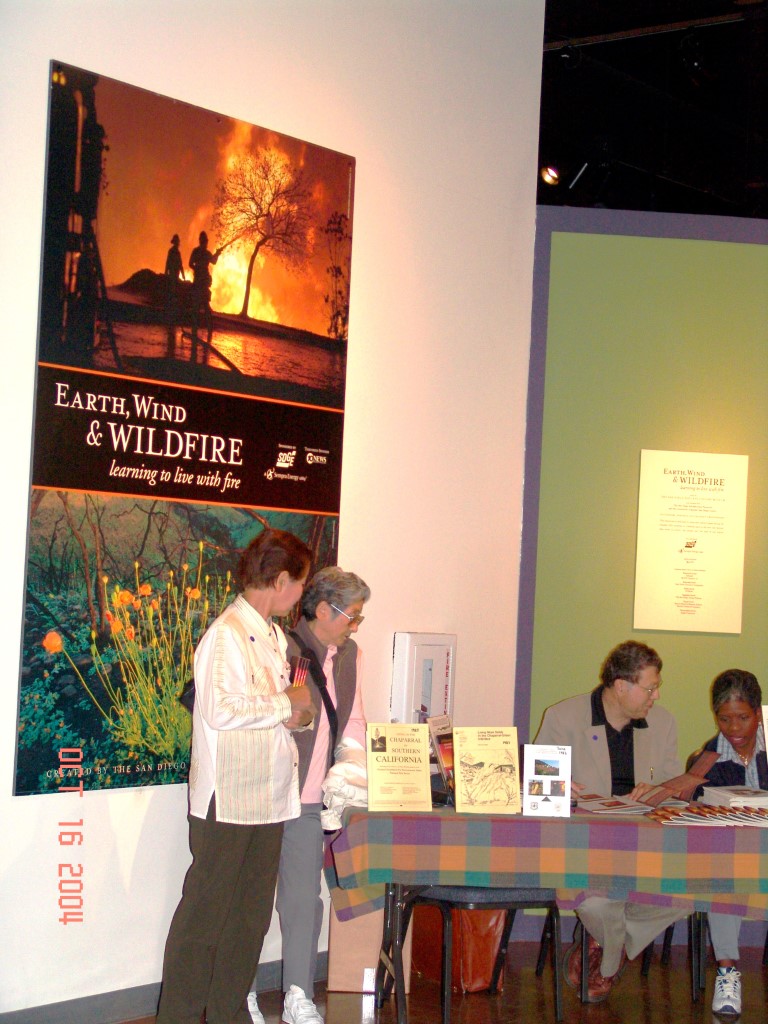A Homeowner's Guide to Fire and Watershed Management 1982
This “fireman in your pocket” booklet is based and contains excerpts from the PSW General Technical Report #67 Living More Safely at the Chaparral-Urban Interface. It provides information to reduce the chance of wildfire and mudflow disasters and the hardship, both personal and financial, they bring.
The Homeowner the Forgotten Fire Fighter 2019
This report will take you behind the fire lines as seen through the eyes of desperate homeowners knowing their disaster-prone neighborhood and attempting to work with professional firefighters not knowing the area, with both groups of firefighters being overcome by a fast-running but predictable wildland fire.
For the questionnaire received by NFES, please follow the link.
Saving your home in a wildfire - 2020
This report takes you through meaningful steps you can take to become more fire safe as documented by eyewitness testimony during wildland fires.
Living More Safely in the Chaparral-Urban Interface 1983
PSW #67 describes how to live more safely in flood- and slide-prone chaparral environments and is addressed to homeowners, buyers, developers, architects, planners and officials in public agencies.
Living in the Chaparral of Southern California 1985
The proceedings of the Conference and Public Workshop provide an integrated approach to public safety by addressing fire-, vegetation, and watershed management, landuse and planning; and disaster prevention, preparation and assistance.
1986 Denver Fire Safety Initiative
The goal of the 1986 NATIONAL WILDLAND/URBAN FIRE PROTECTION INITIATIVE was to find ways to reduce the losses of life, property, and natural and economic resources from fires occurring in the wildland/urban interface.
2019 9-25 Letter to Topanga Community
Topanga Residents: Concerned and frustrated about the lack of fire safety of the community he had lived in a long time ago and worked with for many years, Dr. Radtke herewith writes an urgent letter.
Basic Wildland-Urban Interface Fire Safety Concepts
Basic Wildland-Urban Interface Fire Safety Concepts, Fire Exposure (Risk) and Hazard are summarized along with examples of home and live losses during wildland fires.
The Home as Emergency Fire Shelter
The home can be a safe fire shelter if the homeowner creates one. Not being prepared, leaving your home and being caught in the open as a wildfire overruns your area is still the major cause of civilian fatalities during wildfires.
International Association of Fire Chiefs - 1993 Southern California Fire Storms
The International Association of Fire Chiefs provides 34 observations and comments in response to the 1993 California fire storm disasters based largely on communication with fire services. While some point to the need for timely available water resources, none addresses the Superscooper airplanes, or concerns raised by firefighters and homeowners that were on the fire lines on how to reduce fire losses during wildland fires.
Night Time Fire Watch
Fire Watch - Night time photos of fires can be deceiving. These photos were taken before the fire, during the burnout period, and after the fire behind mobile homes (of largely evacuated residents) guarded during the night against firebrands by K. Radtke. Any comments?
A Homeowner's Guide to Fire and Watershed Management 2004
His 1982 “Fireman in a pocket” booklet was updated by Dr. Radtke after the 2003 wildfires in San Diego County at the request of the City of San Diego Water Department, the San Diego Fire Recovery Network and the Conservation Action Committee to assure that the information will remain in public domain.
2019 The Superscoopers and Other Wildfire Safety Sagas
This report looks at fireprone Los Angeles County watersheds from 1979 to 2018 with an emphasis on the positive impact of the Superscooper airplanes, if deployed. It also indicates that on a per acre basis wildland fire losses in high density watershed areas within “cities” can readily exceed the per acre losses in exposed wildland fire areas but that such future losses can be readily mitigated through preplanning which requires homeowners and fire services as active participants. N. California cities such as Berkeley and Oakland had similar experiences and fall into the same categories.
1989 Incline Village Fire Hazard Reduction
This report evaluated the extreme wildland fire hazard in a high elevation forested community situated in Northern California where one of the Board members of the National Foundation For Environmental Safety lived, who was assisting the local fire services with initiating a meaningful fuel hazard reduction program.
While wildfire frequency is rare in such high elevation communities, wooden homes nestled among pine forests are a design-for-disaster waiting to happen everywhere.
Results of Ryegrass Seeding
Master Thesis in Partial Fulfillment of the Requirements for the Degree Master of Science in Natural Resources
with an Emphasis in Forestry.
The Effect of Fire Frequencies on Species Diversity Vegetative Cover and Floristic Changes in Chaparral Communities 1981
Dr. Radtke’s 1981 PH.D thesis at U.C. Berkeley attempts to provide background information for management decisions based on an understanding of the successional dynamics of chaparral ecosystems.
Fire History of the Santa Monica Mountains 1981
Fire records for fires over 40.5 ha (100 acres) were analyzed for the fire exclusion period 1919-1980 to demonstrate the predictive effect of land use, climate, vegetation, topography, fuel loading and fire suppression activities on fire patterns and fire behavior.
Historic Fire History of Santa Monica Mountains
This short article published in 1985 in the Malibu Surfside News provides an overview of historic fires and fire patterns in the Santa Monica Mountains.
Rancho Malibu Estates 1997
Letter by Dr. Radtke to the Los Angeles County Board of Supervisors opposing a development in a high risk fire area with limited ingress and egress supported by former fire chiefs as experts for the developer.
Lessons from the Ashes... 1997 Topanga Fire
The report investigates the reasons for the fire losses and photo-documents that lessons were largely not learned to avoid a repeat of such or even greater fire losses.
1977 Wildland Plantings Native & Exotic 1911-1977
This report was produced under the cooperative “Chaparral Ecology and Related Ecosystems Studies” program between the County of Los Angeles and the Forest Service PSW Experimental Station in Berkeley. It evaluates accumulated files of sixty years of tree outplantings efforts since 1911 and field outplantings for the last 25 years by the County Forester and Fire Warden and also introduced wildland fire history and fire frequency maps as a predictive management tool for siting of future tree plantations.
2011 6 Fire Management & Fire Shelters
More in-depth report pertaining to fire shelters and life safety.
2019 9-3 Volunteer fire fighters
The Volunteer Firefighter and related subjects
Los Angeles County Historic Fires over 100 Acres
Historic fires over 100 acres of Los Angeles County, Santa Monica Mountains are shown here.
Since 1993
Purpose of the web site
Being dismayed by the seemingly endless and often quite predictable and largely preventable wildland fire losses encountered again in 2018, such as in the Paradise and Woolsey Fires in California and the continuing heartaches that come along with it, I decided to host—perhaps somewhat belatedly—this Website after my retirement from the politics of fire safety. I hope it will assist homeowners in the most fire-prone areas to truly understand the dangers they are facing, to be able to live more fire-safely, and to know how to prepare on a year-round basis for the inevitable wildland fire, perhaps even becoming able-bodied and knowledgeable “Resident Firefighters.” If not, we are just continuing the never-ending game of hopelessly chasing our tails as it then becomes a game of playing Russian Roulette, being lucky enough not “to bite the bullet” if we: a) have water pressure as the fire approaches and overruns our neighborhood; b) have experienced firefighters tying into our homes that have not responded from or not having been released “dead-tired” from other fires while bringing along equipment geared for effective firefighting in our neighborhood; c) perhaps having received a couple of precision water drops on our home if it could be seen through the thick smoke and the winds were not too strong to make this possible; d) are living in a community where the municipality had the courage to ban any type of wood shingle roofs (still the largest reason for structural wildland fire losses along with wood decks) and mandated only Class A roofs during the last wildland fire that devastated your neighborhood.
National Foundation for Environmental Safety
The history and background information of the National Foundation for Environmental Safety (NFES).
